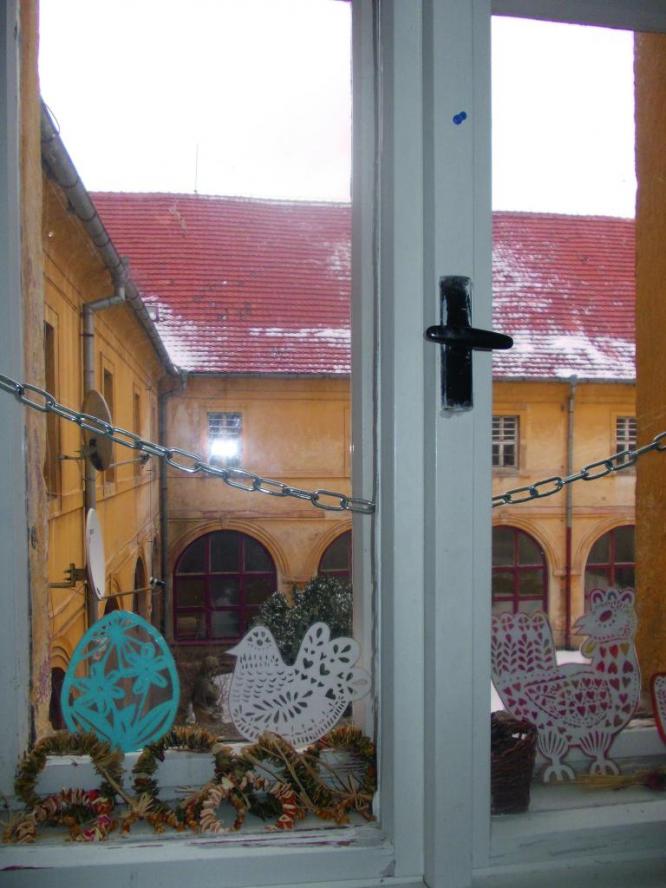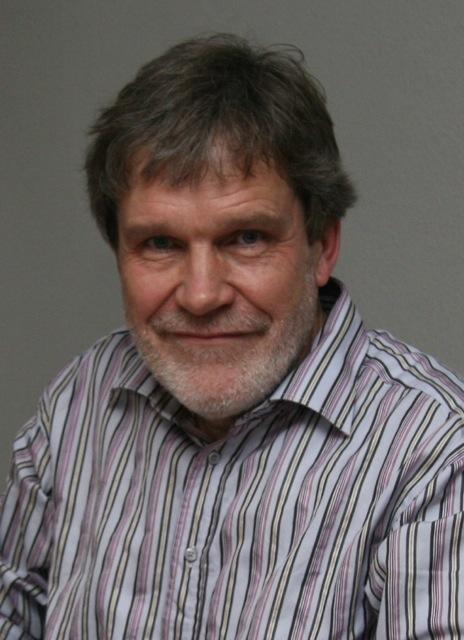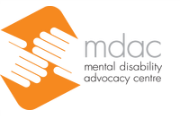1. Foreword
 Photo: Lnáře Psychiatric Hospital © MDAC
Photo: Lnáře Psychiatric Hospital © MDAC
Ill-treatment is a persistent beast. Cage beds are a degrading experience for the user, and considered ill-treatment by many observers. Still, the phenomenon persists in Czech psychiatric institutions and elsewhere. It is defended by those who apply the method, with the argument that the alternatives are worse.The same argument is used by those who defend other forms of coercion in different countries. The argument is flawed. Ill-treatment cannot be justified, legally, clinically or morally. More specifically, the use of any means of mechanical restraint for days on can have no medical justification and amounts to ill-treatment.
Flawed arguments alone cannot explain the persistence of different forms of coercion still prevalent in the Czech Republic and across the region. Whilst the techniques may be different, the common element is their persistence, particularly difficult to understand when they are performed by otherwise well-meaning staff in institutions. Cultural traditions in therapy can be so intractable that they seem to be built into the foundations of hospitals. In these settings, coercive practices are expected by all, even victims. These traditions remain unchanged in spite of legislative amendments, funding, training, academic research and public opinion. Often, the only solution is complete prohibition, tearing down the walls. This has been the case with various forms of coercion in psychiatry and social care in several countries.
Cage beds are degrading. Now, why is that? Is it because of some international convention, or because foreign monitors think it is? In fact, it is for neither of these reasons. Cage beds are degrading because this is what people placed in them tell us. International conventions prohibiting the use of cage beds follow from this simple fact. “It’s like being a bird in a cage,” a person who has been in one told me, powerfully explaining the definition of degrading treatment in a nutshell.
The prohibition of degrading treatment and punishment is a rule without exception, as is the broader prohibition of torture and all forms of ill-treatment.
A very important finding in this report is that in some institutions the removal of cage beds has led to increased use of other degrading “alternatives” such as seclusion, chemical restraint and/or immobilisation with belt straps. Some institutions removed the cagebeds, only to systematically replace them with seclusion rooms.
Luckily, some of the new seclusion rooms have not been used. Even in the face of persistent support for coercion, some staff reported that less coercive methods have been developed to assist in challenging situations. The lesson to be learned is that seclusion, strapping and medication are not real alternatives to cage beds. It shows that highly coercive practices are simply unnecessary and can be done without. This practical argument against their use, in addition to the more important human rights arguments above, fundamentally undermines those who argue in favour of high levels of coercion. The same experience was found in other countries which have successfully managed to reduce their own preferred forms of coercion in psychiatry, often to the surprise of ardent supporters of coercion.
Fighting the persistent beast of ill-treatment in psychiatry will require effort from all sides. Cage beds are still in use: that is unacceptable in the modern era. Substituting them with other coercive practices is both unacceptable and unnecessary. The future vision must be to eradicate ill-treatment from psychiatry and social care. Any means of coercion and restraint that exists, with the equipment ready and legal provisions in place, will inevitably be used, and the use will inevitably be excessive.Therefore, the only way is a total prohibition of specific forms of coercion, and a clear movement towards informed consent and user-centred approaches. Supported housing and community-based services are the “alternatives” which are now demanded by international human rights law.
MDAC has been crucial in calling for these changes, in the Czech Republic and elsewhere. It will continue to be an important voice in calling for recognition of the autonomy and dignity of all people with mental health issues, and holding to account those governments who fail to do so.
 Dr. Pétur Hauksson, MD
Dr. Pétur Hauksson, MD
Dr. Pétur Hauksson, MD
Practicing psychiatrist, Iceland
Former Member and 1st Vice-President of the European Committee for the Prevention of Torture and Inhuman or Degrading Treatment or Punishment, 2000-2011
Head of Mission, MDAC monitoring team to the Czech Republic, 2013

